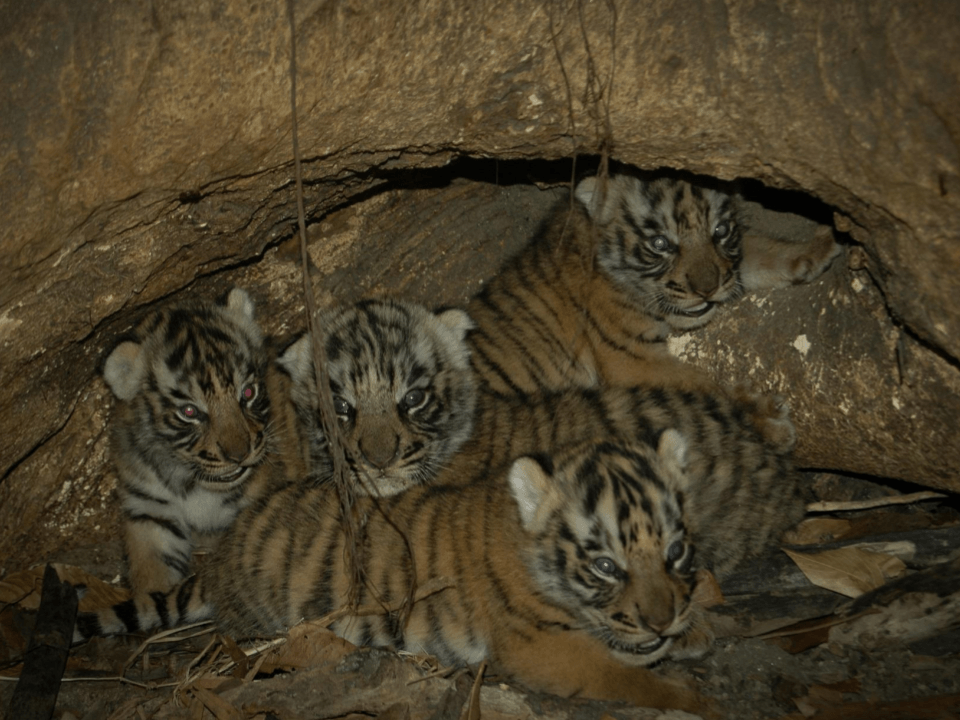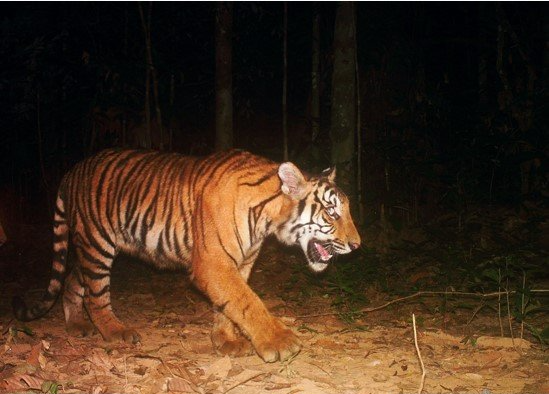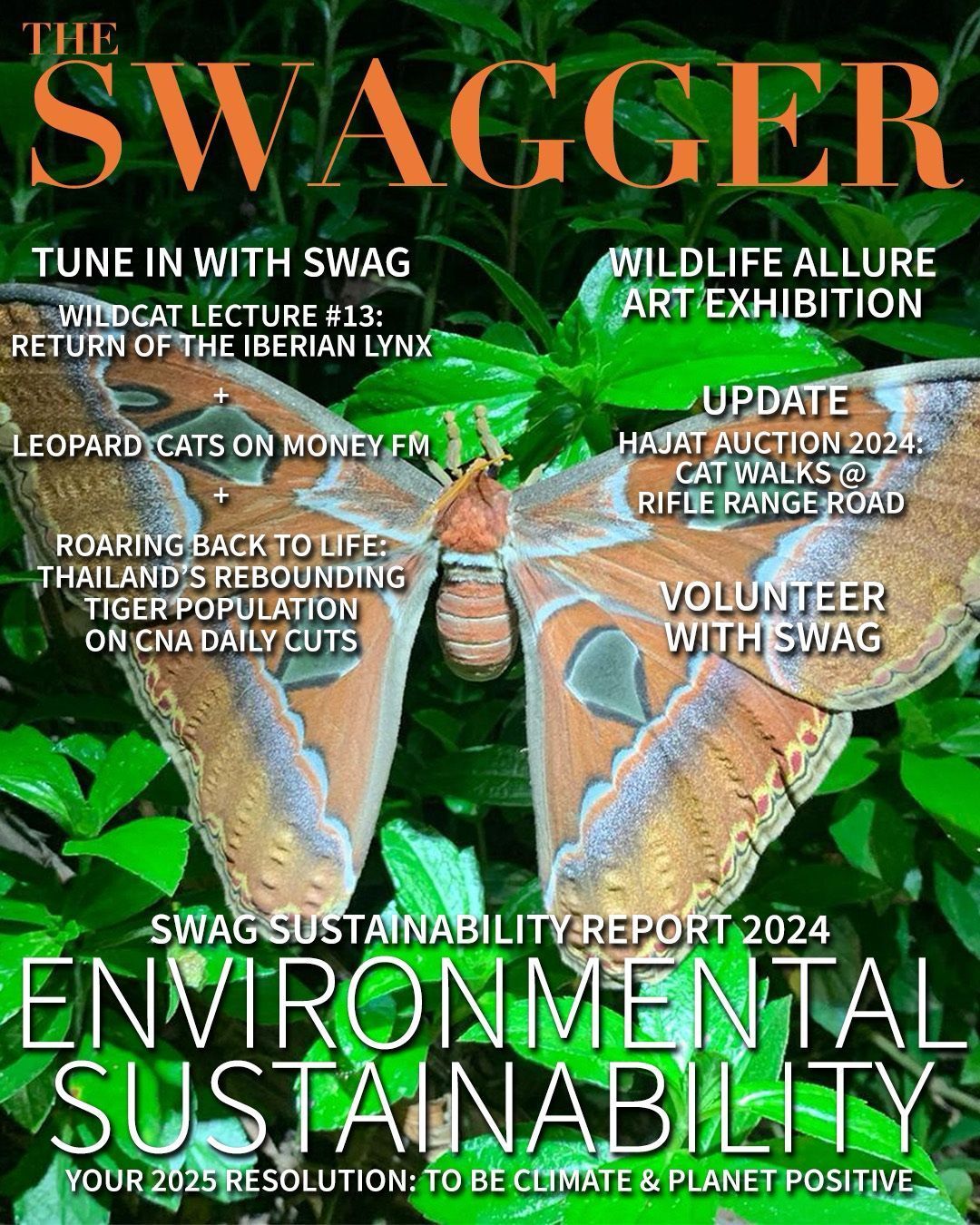Singapore Tiger Week 2021 - Day 3
Day three of Singapore Tiger Week concludes the Southeast Asia track with speakers from Indonesia, Thailand, Myanmar, and Singapore. We heard from Ms. Wulan Pusparini, a conservation scientist pursuing her doctorate at the University of Oxford; Dr Pornkamol (Joob) Jornburom, the conservation program manager of Wildlife Conservation Society (WCS) Thailand; Mr Pyae Phyoe Kyaw, the biodiversity monitoring and data manager at WCS Myanmar; and Ms. Anbarasi Boopal, the co-founder of Animal Concerns Research and Education Society (ACRES).
Ms. Wulan Pusparini—whose work has focused on ecological modeling— discovered our Indonesian Sumatran tiger population cannot dip below 35 if they are to be rehabilitated. Ensuring we never reach that point means thinking about where tigers live. Without local stewardship or translocation, tigers in small landscapes will probably go extinct. Medium landscapes require improved connectivity and corridors if their tigers are to survive. The best of the three habitats, large landscapes are still threatened by human encroachment. But, with a quantitative approach, conservationists can determine the best path forward.
Dr. Pornkamol (Joob) Jornburom, the conservation program manager at WCS thailand, explained how ecological and anthropogenic factors affect tiger distribution in Thailand. Looking for tracks as well as tiger spray, which has a distinct smell, they determine where tigers are in the forest, and use this information to figure out why. Their surveys suggest tigers need streams nearby and more sambar deer as prey. The survey also found tigers try to avoid domestic animals. This kind of research is critical in deciding where to focus conservation efforts.
Mr. Pyae Phyoe Kyaw, the biodiversity monitoring and data manager at WCS’ Myanmar department, talked about the hope of the Htamanithi stronghold site. Though it struggles with poaching, gold mining, illegal logging, and animal trafficking, it has good connectivity, biodiversity and breeding prospects. Moreover, it lies in a politically stable and expansive area three times the size of Singapore. Containing more than 1000 camera traps spaced every one to three kilometers, the team has witnessed tiger populations double! Htamanthi even contains its own research centre. In 2018, it was declared as ASEAN heritage park and is a beacon of hope within this dire crisis.
Finally, founder of ACRES, Ms. Anbarasi Boopal, took us into the underworld of poaching and the sale of illegal tiger parts in Singapore. Just a few years ago, you could find tiger products in 60% of Singapore’s Traditional Chinese Medicine (TCM) stores. However, as awareness—and the penalties—increased, this number fell to almost zero. As tiger products disappeared from physical stores, e-commerce sites have taken over. These sites are much more difficult to regulate and even harder to verify.
In order to address tiger conservation, citizens,the government, and companies must work together to hold themselves accountable to the impacts of our activities. As a community member, reporting illegal activity and educating ourselves through conferences like these are important ways we, too, can help protect the tigers. See you in the next track, where we’ll cover tiger conservation in North, Central and South Asia.





